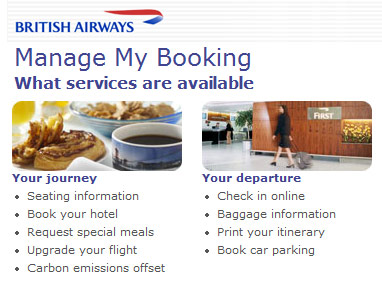The strategies, as mentioned in the previous post:
- Innovate your way out
- Optimise, to squeeze more from what you have
- Cut costs by improving the customer experience
Let’s take a look at strategy 3.
Cut costs by improving the customer experience
Customer experience got a mention in the previous post. It’s the idea that every interaction that a customer has with your organisation, via whatever channel, contributes to the impression they form of your brand. Your branding and advertising makes a promise. Customer experience is about delivering on it.
There are two ways to use customer experience design to save money:
- Encourage your customers to migrate to lower cost channels
- Reduce the overall service load by building a customer experience that works
Encourage your customers to migrate to lower cost channels
Many businesses have found that the web is now channel to market. That’s great, customers love the flexibility and business love the cost savings. So, to reduce costs in a downturn, make sure that your customers migrate to the channels that cost you less. Hardly rocket science.
But actually getting customers to migrate can pose a challenge. How do you persuade them to move?
Some businesses have been known to deliberately increase call queuing times to encourage customers to try online self service. This is a good way to annoy customers. Others have tried customer education campaigns – generally a good way to bore customers. In reality you can’t force people to use a channel they don’t want to. You can only entice them with a great website customer experience.

A great example: British Airways. Their strategy is to reduce the number of staff on check-in desks. To do that, they need to reduce the duration of each customer check-in. And to do that, they need to get customers to adopt online check-in. The BA.com website has been steadily optimised over the years. It has reached the point now where I actively choose to fly BA, just so that I can use their online check-in. It’s easy and clear, you can select your seat easily, and you get to zip through check-in quickly. They’ve enticed me to use their online channel and everyone wins.
Reduce the overall service load by building a continuous customer experience
When things go wrong, customers want to talk to a human being quickly and set things straight. Enabling human contact is a reality of delivering a good overall customer experience. But a typical call centre call can cost between 7 and 20 pounds to handle, when you factor in facilities, training, salary and benefits. So avoiding the events that generate call customer service calls is very important for controlling costs.
Customers call when they encounter a breakdown in the continuity of a customer experience. A breakdown can occur at different levels:
- Within channel: Eg. One member of staff has no information about a previous conversation with a customer. This kind of stuff is quite rare, mercifully.
- Between channels: In one project, Flow found that customers referred to the online channel found registration so difficult and confusing, they had to call the call centre back to get help.
- Between organisations: In one Flow project, we discovered that customers could not top up their mobile phone accounts because the 3rd party retailer they had bought from had not correctly registered the sim card and provided the customer with a PIN. Another example: incorrect payment details on an airline website generated calls to a the airline, but also to the customers banks.
How to build a continuous customer experience:
- Hunt down the discontinuities. Look at call centre logs. Look at website logs. Interview retail staff. Run a research project to get “mystery shoppers” or real consumers to try the process out for you.
- Work out the cost of the discontinuities. How many calls does it take to address the problem? What opportunity is missed if the customer fails to resolve the issue? How many customers are encountering the problem? Multiplying the numbers up will give you a rationale and a business case for choosing particular problems to address.
- Fix the discontinuity. Often, a small fix makes a big difference. Making sure a piece of information is made available in the right place at the right time often does wonders. But sometimes the fix will require major system alterations. If those changes can’t be justified or undertaken in the short term, look for a way to patch the service: a work-around. (I blogged an amusing example of this a while back: Microsoft’s new software boxes are hard to open, so Microsoft patched the issue and published instructions online).
- Measure the results. To prove the project made a difference, look for reductions in the relevant call types. Look for increases in usage of the problem channel. And the most powerful evidence of all: look for improvements in your bottom line.
Organisations that work to improve the customer experience benefit from reduced costs. They can entice customers to the most cost-effective channels and they generate fewer negative customer experiences and fewer expensive service calls.